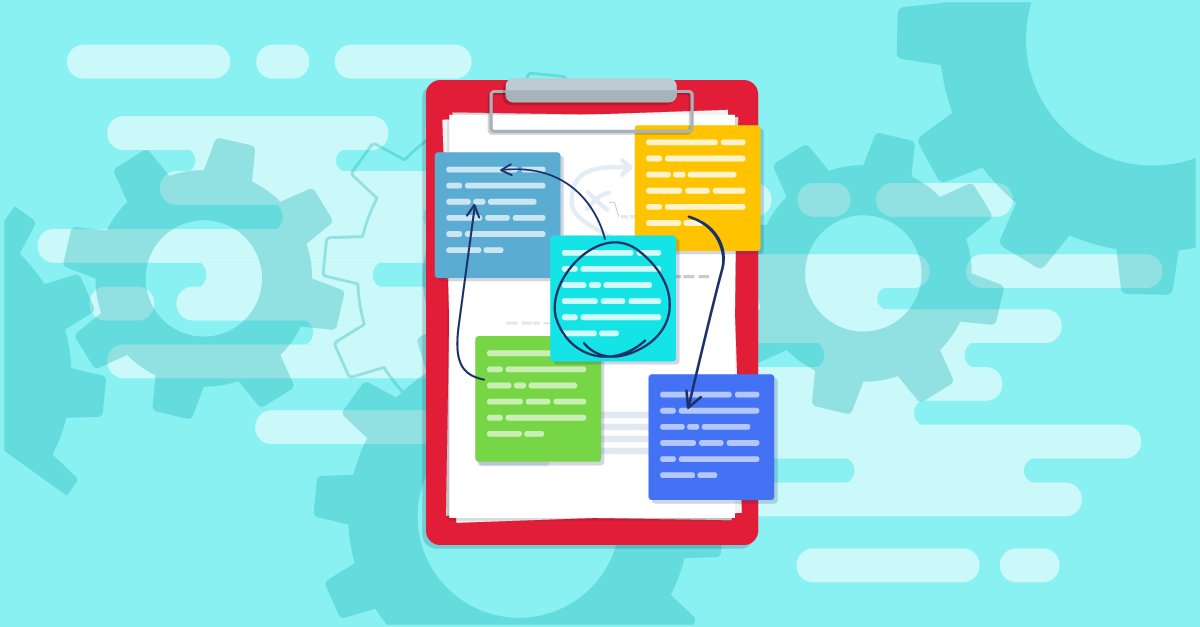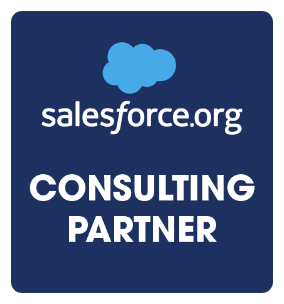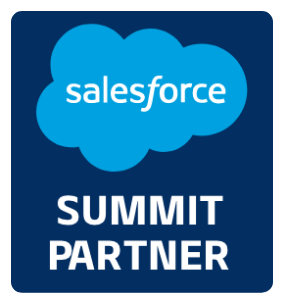
I’m a public education veteran with 13 years in the trenches of institutional transformation. I’ve seen the hustle it takes for students to even get to “day one.” I’ve watched dedicated educators, faculty, and staff do heroic things inside outdated systems.
And I’ve learned this: student success thrives where silos end and where teams step into a new, cloud-first, collaborative way of working.
From Silos to Cloud Culture
Legacy systems did what they were built to do for a different era. Today’s students expect personalization, speed, and care across every touchpoint. That doesn’t happen in isolation. It happens when cross-functional teams share context, speak a common language, and use intuitive tools that show the whole student, not just a slice of their record.
Cloud culture isn’t about a platform. It’s about how people work together using shared data, shared goals, and shared accountability. The tech enables it, but culture powers it.
What Collaboration Looks Like on Campus
- Student retention rises when Student Affairs, Advising, Academic Departments, and Advancement work as one.
- Engagement deepens when staff and faculty have intuitive tools to peer into student life and see what really matters.
- It’s when a first-year advisor knows what it took for a student to even apply.
- When an English professor says, “I see you, congrats on completing that mentorship program this month.”
- When a Development Officer knows an alum’s most cherished campus memory and follows up with care.
These moments aren’t born from flipping a switch on a shiny new platform. They’re forged in the messy middle, pulling people into a room, whiteboarding a process that touches every hand, and asking the questions everyone’s avoided. They come from deliberate, honest planning that opens the can of worms and then cleans it out.
So, how do we get there? Brick by brick.
1. Embrace the Challenge of Truth
If everyone in the room is in agreement, you probably don’t have everyone in the room.
Bring in the voices that make you a little uncomfortable, like the front-line advisors, the registrar specialists, student workers, financial aid counselors, faculty who opt out of pilots, alumni who disengaged. Yes, it’s hard to hear about the years of missed opportunities. But if we’re going to innovate, the cobwebs have to go. Truth-telling is an act of service to your students and your mission.
Try this:
- Run a “What’s the worst thing that happens today?” session. Map the pain honestly.
- Label process steps with emotions (confused, anxious, hopeful).
- Commit to one fix per pain point within 90 days-then come back. I want to know what you accomplished!
2. Deconstruct the Existing Networks
To plan cross-functionally, you must create new networks. That means less “this is how Admissions does it” and more “this is how we, as a student success network, do it.”
Think open floor plan, fewer walls, fewer doors with lost keys, and more big family dinners where everyone brings a dish. Rotate who sets the agenda. Share dashboards rather than decks. Use common definitions (What is “engagement”? What counts as “retention risk”?) so your data tells the same story to everyone.
Try this:
- Stand up a cross-functional “Student Journey Guild” that meets biweekly (Advising, Faculty, IT, Student Affairs, Advancement, Enrollment).
- Pick one journey (e.g., first-year fall-to-spring persistence).
- Agree on a minimum viable data set and a single “north-star” metric.
- Pilot changes with a small cohort; publish learnings openly.
3. Create a Compelling Vision Together
Go slow—to go fast.
A vision crafted in a retreat deck two days prior won’t move a campus. A co-created vision rooted in lived experiences will.
Paint a future-state narrative your people can see themselves in—not generic mission statements, but storyboards and scenarios that show how a student, a professor, an advisor, and an alum will experience the new way of working.
Make it tangible:
- Story it: “It’s week three. Maya’s advisor sees an early alert, checks her mentorship participation, and connects her to a writing center appointment that same day.”
- Score it: Define success metrics that matter (e.g., time-to-support from alert < 48 hours; % of students with at least one faculty shout-out per month; advisor caseloads with context-rich views).
- Share it: Host town halls where students and front-line staff react to the vision. Edit in public.
- Sustain it: Tie goals to performance conversations and budget cycles. Vision without resourcing is a wish.
Vision Test: If a first-year advisor can’t explain in 60 seconds how their day will be positively impacted, your vision isn’t done.
What Changes When You Build a Cloud Culture
- Shared context, fewer hand-offs: Teams act on the same, real-time picture.
- Common language, faster decisions: Less translation, more action.
- Proactive support, personalized outreach: Right-time interventions feel like care, not compliance.
- Equity by design: When the full story is visible, gaps are harder to ignore—and easier to close.
- Momentum that survives turnover: Processes and data live beyond any one champion.
Getting Started (in 90 days)
- Name a north-star outcome (e.g., First-year persistence +5%).
- Pick one journey to fix (Application → Orientation; Week One → Week Six).
- Form a cross-functional guild with authority to decide and unblock.
- Map the mess (truth session), then strip 20% of steps.
- Stand up a shared dashboard (even if it’s imperfect).
- Launch one student-facing improvement and one staff-facing improvement.
- Publish your wins and misses—build trust with transparency.
Transformation isn’t only technical; it’s deeply human. And when we break our silos and build a cloud culture, we create the conditions for the moments that matter: an advisor’s timely outreach, a professor’s encouragement, a development officer’s meaningful note that turns an alum into a lifelong advocate.
Attain Partners – Organizational Change Management Expertise
Attain Partners’ Change Management professionals can help you lay a foundation for collaboration, trust, and a cloud culture that inspires your teams. If you’re ready to move from platforms to people-powered progress, let’s talk about building your brick-by-brick plan.
About the Author

Kaija Dupoux is a Senior Consultant and Change Manager at Attain Partners, guiding organizations through people-centered transformation and sustainable success. She is a strategic leader in Organizational Development and Transformation with over a decade of experience spanning cultural and digital transformation, talent development, and educational consulting. She has successfully led large-scale organizational change initiatives serving in K-12 and Higher Education leadership roles implementing educational technology, Human Capital Management (HCM), and Customer Relationship Management (CRM).













